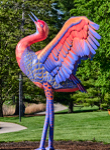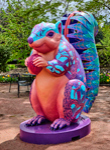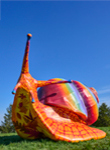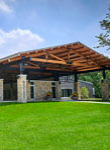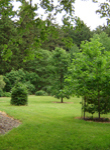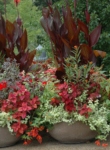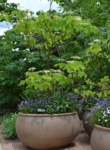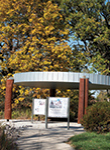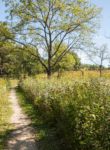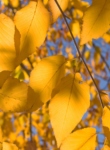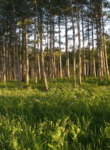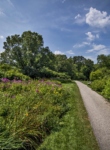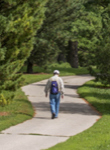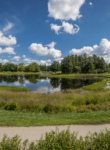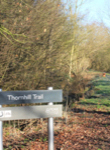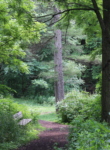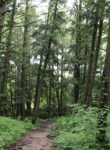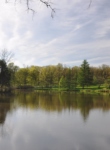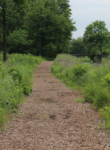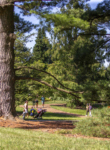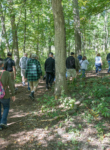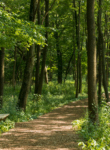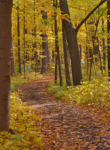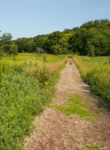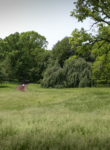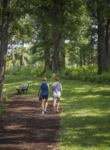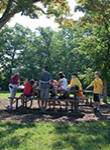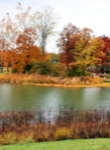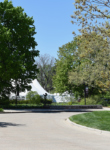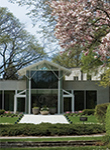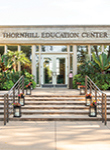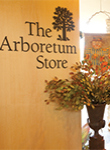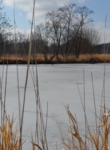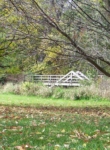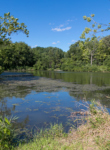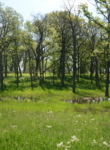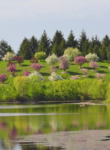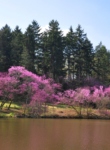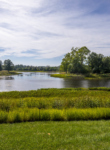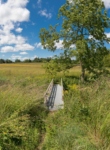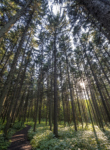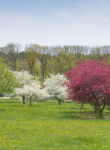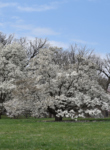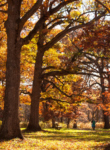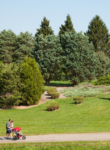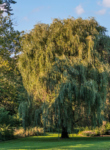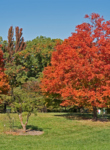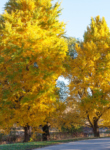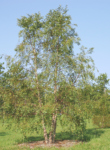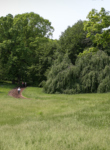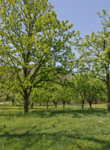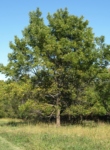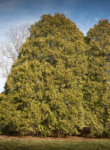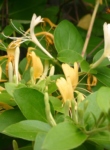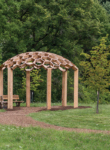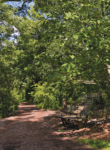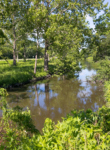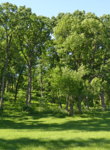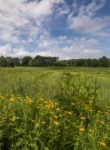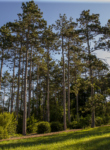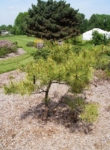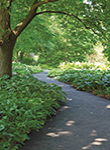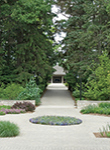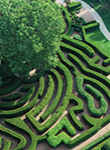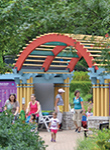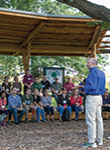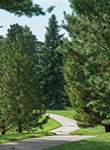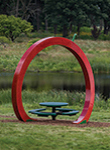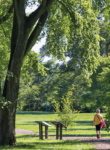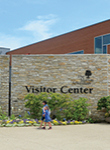Black locust is a potentially invasive plant. An invasive plant is a plant species that is non-native to the location being considered and whose presence and spread negatively impacts (or is likely to impact) ecological, economic or human health. Data collected at The Morton Arboretum show that black locust is potentially invasive on the Arboretum grounds. This means that the species has established populations that often occur at considerable distance from the contributing collections plants and/or are growing in uncultivated areas on or outside of the Arboretum’s property, or the established populations may be consistently managed or controlled to prevent spread within the Arboretum. Black locust is native to parts of the United States, but is becoming a problem in states where it does not occur naturally.
Black locust spreads both by seed and by suckering. This species is well adapted to poor, dry soils. It does not tolerate heavy, wet soils well. It often grows in grasslands and open areas. This species is native to parts of the southern United States and well as southern Applaichia and the Ozarks. It has been used in other parts of the U.S. for erosion control and reclamation of disturbed sites. It is commonly used as an ornamental plant and is still sold for that purpose. Due to extensive root suckering, black locust is able to reproduce in large stands and can shade out native plants. This reduces species diversity and alters habitat.
There are a number of native and non-native species that could be used in place of black locust. More desirable species may be found using the Search Trees and Plants page of the Arboretum website. Before purchasing or planting, be sure to check for any local or state guidelines on these species, and make sure that the plant is suitable for its habitat by checking its attributes at mortonarb.org or plants.usda.gov.
- Family (English) Pea
- Family (botanic) Fabaceae (formerly Leguminosae)
- Tree or plant type Tree
- Foliage Deciduous (seasonally loses leaves)
- Native locale Illinois, North America
- Size range Medium tree (25-40 feet), Large tree (more than 40 feet)
- Mature height 30-50 feet
- Mature width 20-35 feet
- Light exposure Full sun (6 hrs direct light daily), Partial sun / shade (4-6 hrs light daily)
- Hardiness zones Zone 4, Zone 5 (Northern Illinois), Zone 6 (City of Chicago), Zone 7, Zone 8
- Soil preference Moist, well-drained soil
- Drought tolerance Tolerant
- Other tolerances Alkaline soil, Dry sites, Road salt
- Season of interest late spring
- Flower color and fragrance Fragrant, White
- Shape or form Oval, Thicket-forming
- Growth rate Fast
- Transplants well Yes
- Planting considerations Aggressive, Excessive sucker growth, Highly susceptible to ice damage, Messy fruit/plant parts, Weak wood and branch structure
- Wildlife Insect pollinators
- Has cultivars Yes
